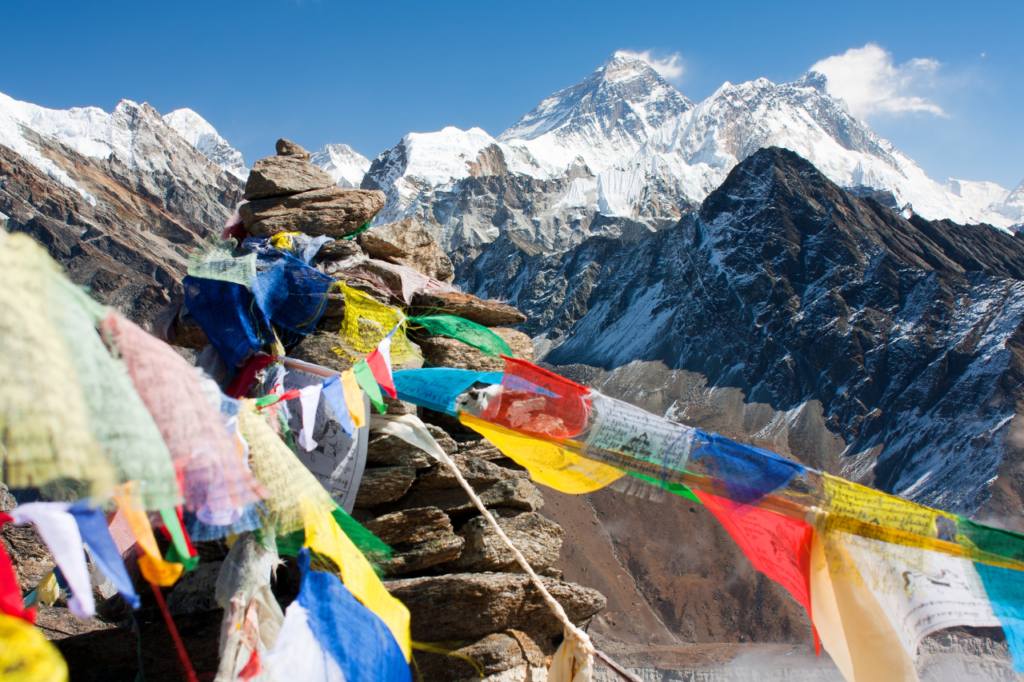Sikkim Pincodes
Enter the Pincode or Location Below in the Box
Pincodes of Sikkim
Greetings and welcome to the Sikkim Pincodes directory, your one-stop shop for precise and current pincode data in the beautiful state of Sikkim. Pincodes, which are often referred to as Postal Index Numbers (PIN), are essential for location identification, smooth communication, and effective mail delivery. They make it easier to send and receive mail, parcels, and shipments by providing a unique code for every region. With our easy-to-use search function, you can quickly locate the pincode for any location in Sikkim. Our database is made to help you find the right pincode for your needs, whether you’re a resident, business owner, or tourist.

Here is a list of Sikkim Pincodes
Sikkim Pincodes
Northeastern India contains the state of Sikkim. Its borders are as follows: to the north and northeast are the Tibet Autonomous Region of China; to the east are Bhutan; to the west are the Koshi Province of Nepal; and to the south are West Bengal. Additionally, Sikkim is close to Bangladesh’s border via the Siliguri Corridor. Of all the Indian states, Sikkim is the smallest and least populated. Sikkim, which is located in the Eastern Himalaya, is well-known for its biodiversity, which includes alpine and subtropical climates. It is also home to Kangchenjunga, the third-highest mountain on Earth and the highest peak in India.
History
It is believed that the Lepchas were the first people to live in Sikkim. But much earlier than the Lepchas, who may have resided in the East and North districts, were the Limbus and the Magars, who also inhabited the inhospitable areas of the West and South districts. It is reported that in the eighth century, the Buddhist guru Padmasambhava, popularly known as Guru Rinpoche, traveled through the region. It is said that centuries later, the Guru brought Buddhism to Sikkim, blessed the area, and predicted the arrival of monarchy.
Geography
The state of Sikkim, which is located in the Himalayan Mountains, is known for its hilly landscape. With an elevation that varies from 280 meters (920 feet) in the south at the West Bengal border to 8,586 meters (28,169 feet) in the northern peaks between Nepal and Tibet, almost the whole state is hilly. The highest point in the state is the top of Kangchenjunga, the third-highest peak in the world, which is located on the border between Sikkim and Nepal. The rocky, steep hills make the area unsuitable for agriculture for the most part.
Climate
There are five distinct seasons in the state: winter, summer, spring, autumn, and monsoon. The climate of Sikkim varies from arctic in the north to subtropical in the south. The majority of Sikkim’s inhabited areas have a moderate climate, with summertime highs rarely rising beyond 28 °C (82 °F). For the most part of Sikkim, the yearly average temperature is roughly 18 °C (64 °F). One of the few states in India that has consistent snowfall is Sikkim.
Economy
Sikkim has the third-smallest GDP among India’s 28 states, with a nominal state GDP estimated at US$4.6 billion in 2019 and a GDP per capita of $7,530 (₹ 5,50,000). The production of crops such maize, millet, wheat, barley, oranges, tea, and cardamom, as well as terraced rice farming, constitute the backbone of the state’s primarily rural economy. More cardamom is produced in Sikkim than in any other Indian state, and the most cardamom is grown in this state.
Demography
With 610,577 residents, Sikkim is the least populated state in India, per the 2011 census. Sikkim, with only 86 people per square kilometre, is also one of the least inhabited states in India. Its population did, however, rise at a rapid rate, averaging 12.36% between 2001 and 2011. In 2011, there were 321,661 males and 286,027 females registered, meaning that the sex ratio is 889 females for every 1,000 males. The state’s capital, Gangtok, has over 98,000 residents as of 2011, making it the state’s most populous urban region while being primarily rural.
Culture
The majority of Gorkhalis in Sikkim celebrate all the major Hindu holidays, including Dashain (Dashera) and Tihar (Diwali). Folklore celebrations such Maghe Sankranti, Ramnavami, Janmastami, Holi, Shivaratri, Navratri, Sakela, Chasok Tangnam, and Bhimsen Puja are widely observed in the area. Buddhist holidays observed in Sikkim include Losar, Saga Dawa, Lhabab Duechen, Drupka Teshi, and Bhumchu. The majority of workplaces and educational institutions are closed for a week during the Losar, or Tibetan New Year.
